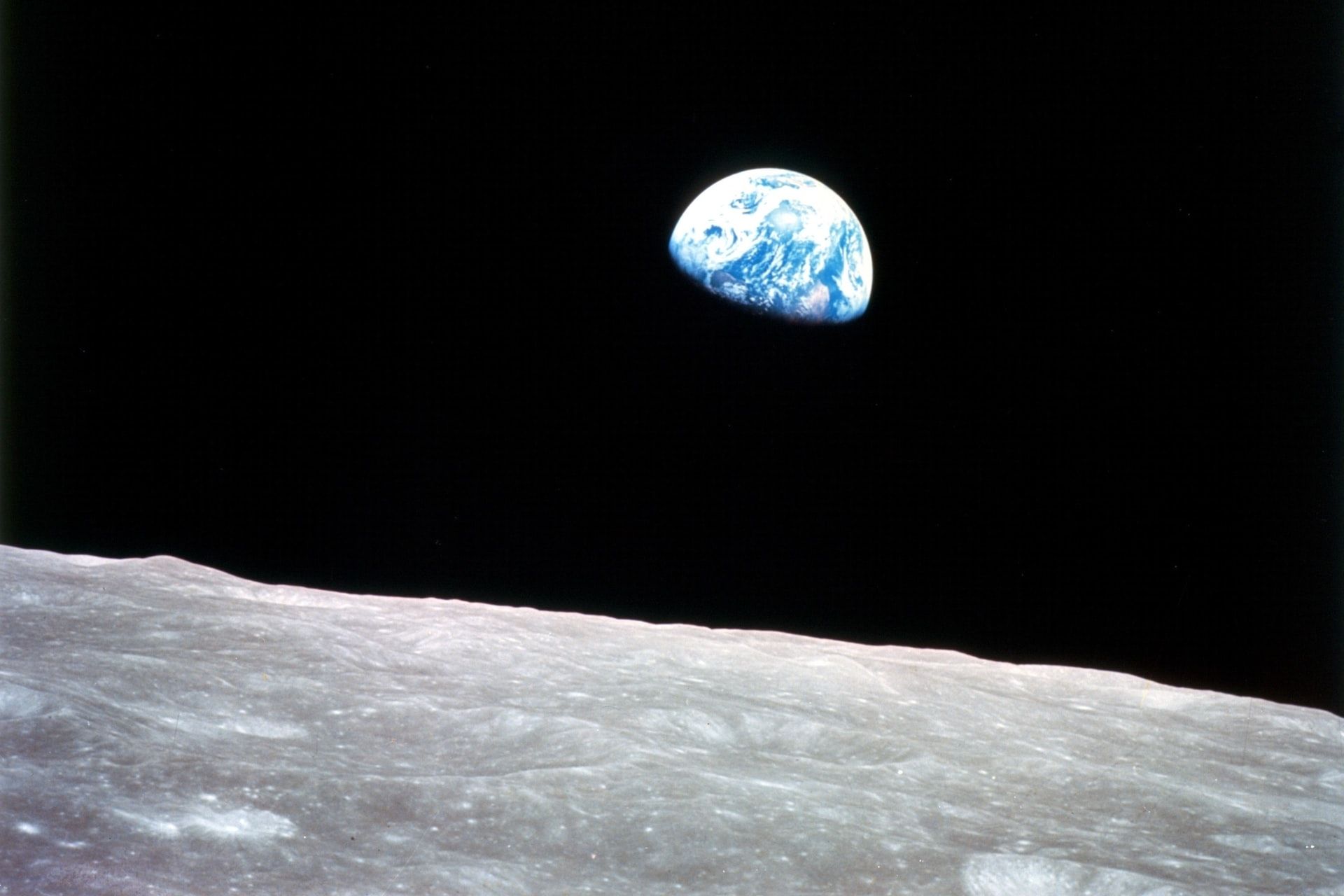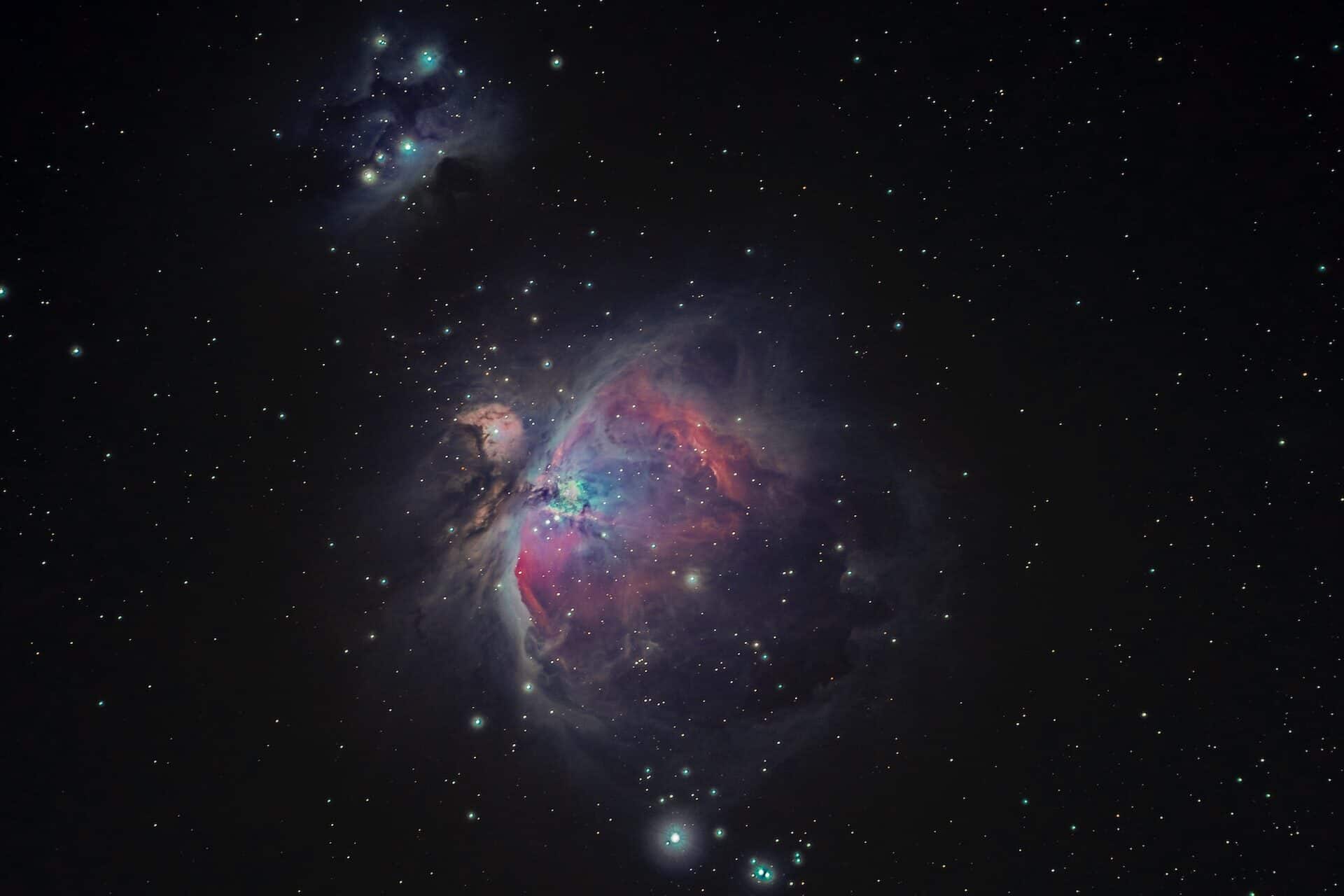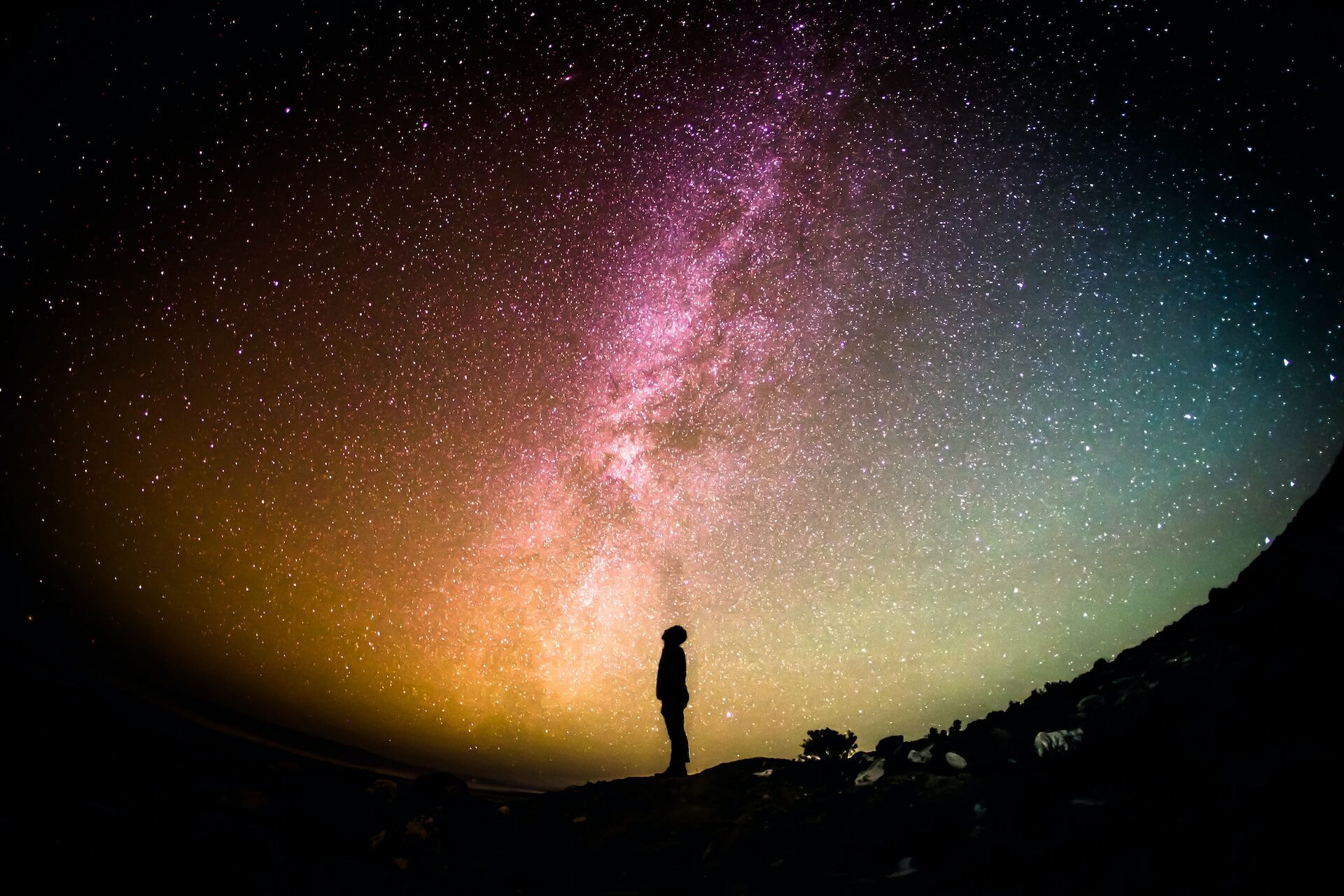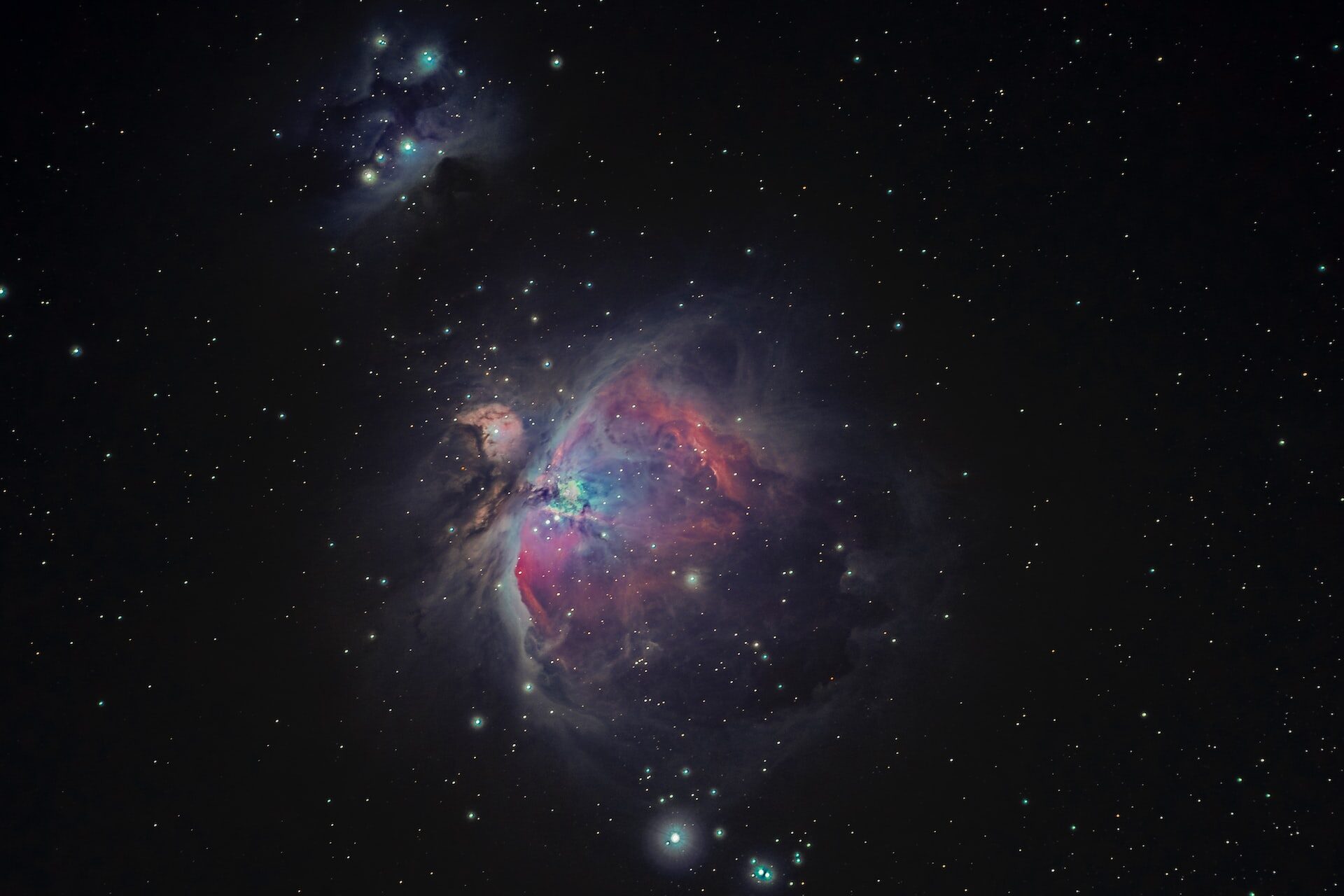
Exciting New Discovery! Fossil Stars Found in the Milky Way
December 9, 2016 - Emily Newton
Revolutionized is reader-supported. When you buy through links on our site, we may earn an affiliate commision. Learn more here.
When scientists discovered Terzan 5, they assumed it was a globular cluster. These clusters numbered into the thousands at one point in the Milky Way’s past. Now there are less than 200 globular clusters remaining. However, a recent discovery shows that Terzan 5 holds a remnant of ancient stars of different origins from that of the formation of the Milky Way Galaxy.
The Existence of Fossil Stars in Terzan 5
Terzan 5 classifies as a globular cluster — it holds a collection of stars in its core. These stars are bound by gravity and thought to be the result of the burst from the big bang. They may have formed from gas and collapsed backward after an explosion. Terzan 5 is unusually dense for a globular cluster as its stars are tightly packed.
In 2014, NASA/ESA Hubble Space Telescope identified a small galaxy with globular clusters similar to the clusters found in the Milky Way. The current theory was that these clusters existed due to older stars and were closely located to them. The small galaxy in the study, however, did not consist of any stars older than those within the globular cluster.
What scientists have recently discovered is that the cluster of stars in Terzan 5 is a result of multiple bursts of star formation instead of the original theory that only one burst created a cluster. This information could also help to explain the clusters in the small galaxy studied in 2014.
According to the journal article in Astrophysics of Galaxies, the dominant sub-solar component, or outer halo of these stars, dates back to 12 billion years ago. This outer ring of stars displays an opposite orbit when compared to the Milky Way galaxy’s directional spin. The theory is that these stars are the ancient remains of the original stars after the big bang.
Terzan 5 also consists of an inner halo of stars, or “component at super-solar metallicity,” as referred to by researchers in the published journal article. This collection of inner stars dates back to 4.5 billion years ago, indicating they were the direct result of multiple bursts that occurred after the universe’s beginnings.
Some of these stars do not orbit at all, while others are in the same directional spin as the Milky Way galaxy.
How Researchers Determine the Age of Fossil Stars
Researchers theorize that because the two populations of stars within Terzan 5 are different, then they must have originated at different times. This theory is further proven using the color-magnitude diagram. Scientists have learned that the temperature and mass of a star dictate its color. Using the diagram, researchers can estimate the ages of the two stellar populations.
Scientists can predict the lifetime of the star and where it currently stands on the timeline with the star’s initial mass. Stars in the outer halo consist of original and pure elements and show an age of 12 billion years old, while the element-rich inner halo stars show a younger timeline of 4.5 billion years.
What This Discovery Could Mean to Astronomy
With this new evidence, it may be possible to study the clouds of gas that formed after the big bang. The original stars in the outer halo of Terzan 5 had more mass and burned brighter and faster than the smaller stars. When the star finally exploded as a supernova, the gas had converted to a heavier element and the subsequent jets sent the heavier elements into space to create the stars of the inner halo.
The discovery also gave scientists insight into the original size of Terzan 5 as they estimate that its mass was once 100 times what it is today. In order for the jets to be powerful enough to travel in a supernova, the original star must have had a large mass. Since Terzan 5 was much larger, it was able to use its gravitational pull to keep the gasses and heavier elements within its system.
Researchers continue to study the stellar populations in Terzan 5 to understand the origination of the universe and what the future may hold.
Featured Image Source: NASA
Revolutionized is reader-supported. When you buy through links on our site, we may earn an affiliate commision. Learn more here.
Author
Emily Newton
Emily Newton is a technology and industrial journalist and the Editor in Chief of Revolutionized. She manages the sites publishing schedule, SEO optimization and content strategy. Emily enjoys writing and researching articles about how technology is changing every industry. When she isn't working, Emily enjoys playing video games or curling up with a good book.




